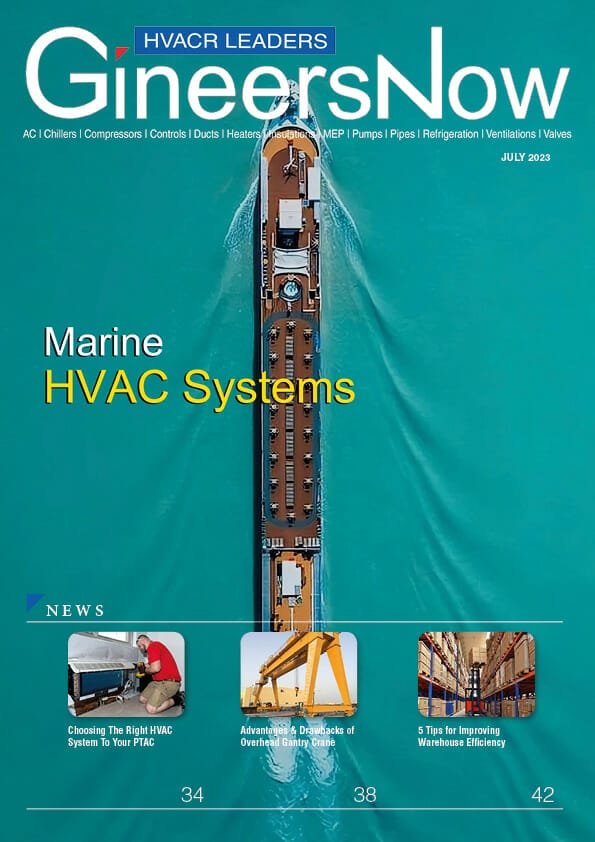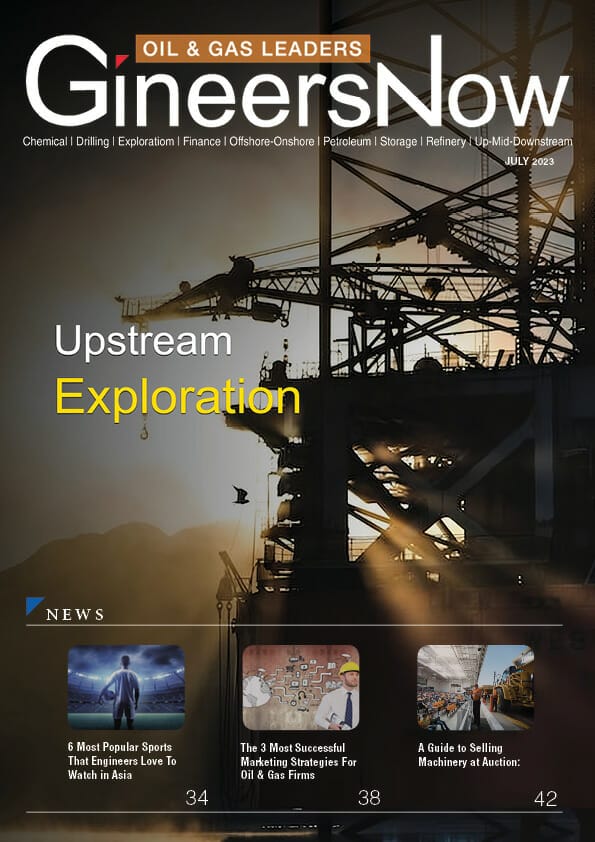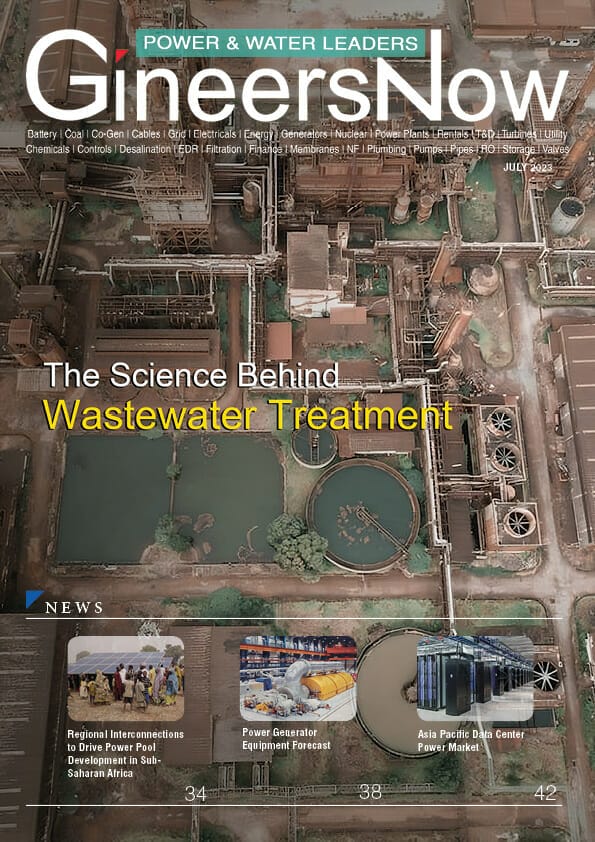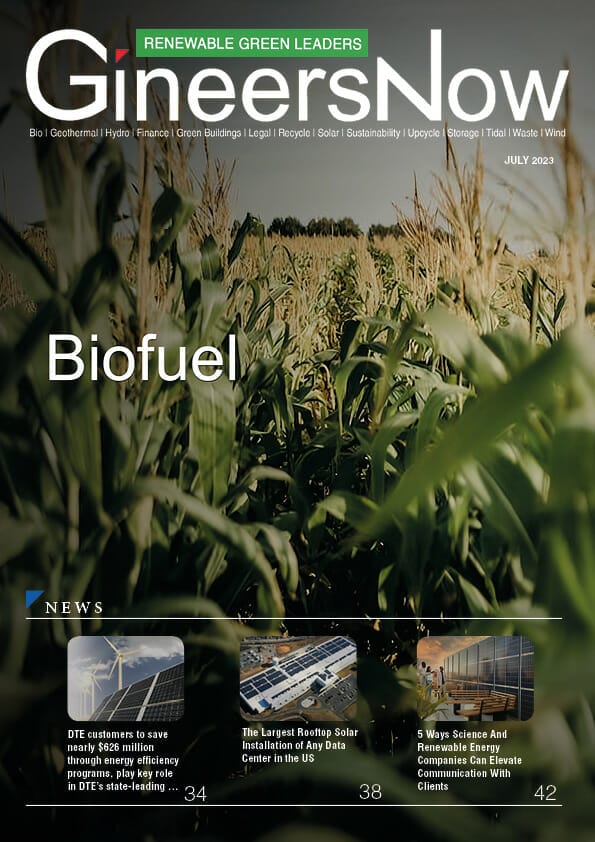Oil and gas extraction is a process of removing these materials from beneath the earth’s surface. It can be done through different methods, including drilling, fracking, and tar sands mining. The process has been around for over a century, but it has only become more prevalent in recent decades as our dependency on fossil fuels has grown. There are many pros and cons to this process, which we will explore in this article.
What Is Oil And Gas Extraction?
Oil and gas extraction refers to the process of extracting these natural resources from the ground. This can be done through various means, such as drilling, fracking, or tar sands mining.
Oil and gas extraction has been a controversial topic in recent years, as there are many environmental concerns associated with the practice. Some worry that extracting these fossil fuels will hasten climate change, while others believe that using them is necessary for our modern way of life.
Despite the controversy, oil and gas extraction is likely to continue in many parts of the world. As our population grows and the demand for energy increases, we will need to find new ways to extract these valuable resources from the ground.
There are many different opinions on oil and gas extraction, but one thing is certain: it is a complex and important issue that affects us all.
Brief History Of The Oil And Gas Extraction Industry
Oil and gas extraction has a long and complicated history. The industry has been shaped by geopolitical factors, technological advances, and the ever-changing price of these vital commodities.
The modern oil and gas industry began in the 19th century with the drilling of the first commercial wells in Pennsylvania and Ohio. The industry then expanded to other parts of the United States and then to Europe, Russia, and the Middle East. The development of new technologies like hydraulic fracturing (fracking) has allowed companies to tap into previously inaccessible reserves of oil and gas.
The oil and gas extraction industry is currently facing challenges from renewable energy sources like wind and solar power. These sources are becoming increasingly competitive as their costs continue to fall. In addition, public concern about climate change is leading to calls for greater regulation of the oil and gas industry.
The Process Of Oil And Gas Extraction: How Is It Done?
Oil and gas are two of the most important natural resources in the world. They are used to power our homes, businesses, and vehicles. But how are they extracted from the ground?
The process of oil and gas extraction begins with exploration. Companies use seismic surveys and other methods to find areas where there is a high likelihood of finding these natural resources. Once a potential site is identified, a well is drilled.
The drilling process can be quite complicated, but essentially it involves using a drill bit to create a hole in the ground that is several miles deep. Once the hole is drilled, extraction workers insert a pipe into it. This pipe is called a casing.
The casing helps to support the well as it is being drilled and also prevents contaminants from entering the well.
Oil Sands Extraction And Processing
Oil sands are a type of petroleum deposit found in certain countries, including Canada. The oil is mixed with sand and other materials. Extracting and processing the oil from oil sands is more expensive and energy-intensive than traditional methods of drilling and refining crude oil.
Despite the higher costs, oil companies are increasingly looking to exploit oil sand deposits as traditional sources of crude petroleum become depleted. In Canada, the majority of oil sands are located in the province of Alberta.
The process of extracting and processing oil from oil sands typically involves strip mining or drilling oil and gas operations to remove the sand and bitumen from the ground. The bitumen is then processed to produce synthetic crude oil.
Extracting and processing oil from oil sands is generally considered to have a significantly higher environmental impact than traditional methods of drilling for crude oil extraction.
Upstream: Oil And Gas Extraction
Oil and gas or hydrocarbon extraction is a process of accessing and removing these natural resources from the earth. There are many different methods of oil and gas extraction, each with its own benefits and drawbacks. The most common method of oil and gas extraction is drilling, which can be done both onshore and offshore. Other methods of oil and gas extraction include fracking, mining, and tar sands mining.
The process of oil and gas extraction has a significant impact on the environment. It can cause air pollution, water pollution, noise pollution, and habitat destruction. It can also lead to climate change. The environmental impact of oil and gas extraction varies depending on the method used. Drilling is generally considered to be the most harmful to the environment, while fracking has a lower environmental impact but is still controversial due to its potential for water contamination.
Coalbed Methane: Oil And Gas Extraction?
Coalbed in oil and gas extraction is a type of sedimentary rock that is found underground. This rock is made up of organic material, such as plant remains, that has been compressed over time. The pressure from the overlying rock creates methane gas, which can be extracted through drilling.
Coalbed methane is a clean-burning fuel source that has been used for centuries in Asia. In recent years, it has become more popular in the United States as a way to produce energy without emitting greenhouse gases. Coalbed methane drilling and extraction can have a negative impact on the environment, however, if not done carefully.
When coalbed methane is extracted from the ground, water must also be pumped out of the rock formations. This water can contain toxic chemicals that can contaminate groundwater if it is not properly treated.
The Process Of Fracking: Oil And Gas Extraction
Fracking, or hydraulic fracturing, is a process used to extract oil and gas from shale rock. It involves drilling a hole in the rock and injecting high-pressure fluid into it to fracture the rock and release the oil and natural gas trapped in it.
The fluid used in fracking is typically water mixed with sand and chemicals. The sand particles act as proppants, keeping the fractures open so that the oil and gas can flow out. The chemicals help to reduce friction and prevent corrosion of the equipment.
Fracking generally takes place at geological depths of several thousand feet, where the shale formations are located. The process can be quite loud due to the high-pressure fluids being injected into the rock.
Fracking has been used for decades to extract oil and gas from shale formations. Still, it has only become widely used in recent years as technological advances have made it more economical.
Pros And Cons Of Oil And Gas Extraction
Oil and gas extraction is a vital part of the economy, providing energy and raw materials for industry. However, it also has a number of drawbacks, including environmental damage and health risks.
One of the main advantages of oil and gas extraction is that it provides jobs for millions of people around the world. It is also a major source of revenue for many countries, helping to fund public services and infrastructure.
However, there are also significant disadvantages to unconventional oil and gas extraction. One of the most serious is the environmental damage caused by drilling methods and fracking. This can include water contamination, air pollution, and seismic activity. Another major concern is the health risks posed by exposure to chemicals used in drilling and fracking. These can cause cancer, respiratory problems, and birth defects.
The Advantages of Oil and Gas Extraction: why do we do it?
Oil and gas extraction has been a controversial topic in recent years. Some people argue that the advantages of tight oil and gas extraction outweigh the disadvantages, while others believe that the disadvantages are more significant. Here, we will explore both sides of the argument to help you make your own decision.
The advantages of oil and gas extraction include the following:
1. Oil and gas extraction can provide energy security for a country.
2. It can create jobs and economic opportunities for local communities.
3. It can generate revenue for governments, which can be used to fund public services and infrastructure projects.
4. It can help to reduce dependence on imported energy sources.
5. It can provide access to energy resources that would otherwise be inaccessible.
The Disadvantages Of Oil And Gas Extraction: Risks And Dangers?
Oil and gas extraction comes with a number of disadvantages that can have an impact on both the environment and human health.
One of the biggest disadvantages is the pollution that can be caused by oil and gas extraction. This can include water pollution from chemicals used in the extraction process; air pollution from emissions released during drilling, and soil contamination from spilled oil or gas.
Another downside is the potential for accidents and spills. These can occur during both drilling and transportation and can lead to environmental damage as well as injuries or even deaths. They can also cause financial losses for companies and communities affected by them.
Finally, oil and gas extraction takes up a lot of lands, which can be disruptive to local ecosystems. It also requires large amounts of water, which could put a strain on local water supplies.
The Equipment Used In Oil And Gas Extraction
Oil and gas extraction typically uses a wide range of equipment. This can include everything from massive offshore oil drilling rigs to small onshore pumps.
The type of equipment used in oil and gas extraction depends on the size and scope of the project. For example, large offshore drilling rigs are used to extract oil and gas from beneath the sea, while smaller onshore pumps are used to extract oil and gas from onshore deposits.
The equipment used in oil and gas extraction must be able to withstand harsh conditions, such as high temperatures, high pressures, and corrosive materials. This requires that the equipment is made from durable materials, such as stainless steel or titanium.
The Latest Technologies In Oil And Gas Extraction
The oil and gas industry has seen a lot of changes in the last few years. The biggest change has been the introduction of new technologies that have made extraction easier and more efficient. Here are some of the latest technologies that are being used in oil and gas extraction:
1. Hydraulic fracturing: This is a process that involves injecting water and chemicals into rock formations to create fractures. This allows oil and gas to be released from the rock so it can be collected.
2. Horizontal drilling: This is a type of drilling that is done horizontally rather than vertically. This allows for more area to be covered and makes it easier to reach reserves that are difficult to access with traditional methods.
3. Advanced seismic imaging: Seismic imaging is used to map out underground formations. This helps to identify potential areas where oil and gas may be located.
4. Seawater extraction: This is a process that uses the pressure of seawater to extract oil and gas from deposits deep below the ocean floor.
5. Coalbed methane: This involves collecting natural gas that has been trapped in coal beds.
Safety In Oil And Gas Extraction
Safety is a top priority in the oil and gas extraction industry. Operators are constantly working to identify and mitigate risks and hazards throughout the life cycle of a project, from exploration and production development to gas and oil production and decommissioning.
Recent advances in occupational safety and health, technology, and safety management systems have helped to improve safety in the industry, but there is always room for improvement. Operators need to continue to invest in safety initiatives and training programs to ensure that workers are safe on the job.
The oil and gas extraction industry has made great strides in improving safety over the years, but there is always more that can be done. Operators need to focus on identifying and mitigating risks at every stage of a project, from exploration through decommissioning.
The Future Of Oil And Gas Extraction
The future of oil and gas extraction is shrouded in uncertainty. The world is moving away from fossil fuels, but it is unclear how quickly this transition will occur. Oil and gas companies are facing increasing pressure to reduce their environmental impact. In the future, it is likely that oil and gas extraction will become more expensive and difficult as companies are forced to operate in more remote and hostile environments.
The oil and gas industry is in a state of transition. The world is moving away from fossil fuels, but it is unclear how quickly this transition will occur. Oil and gas companies are facing increasing pressure to reduce their environmental impact. In the future, it is likely that oil and gas extraction will become more expensive and difficult as companies are forced to operate in more remote and hostile environments.
It is difficult to predict the future of oil and gas extraction.
Workers’ Occupation And Engineers Behind Oil And Gas Extraction
In the United States, oil and gas extraction is a multibillion-dollar industry that employs thousands of workers. The people who work in the oil and gas field are dedicated to providing the energy that powers our economy.
The workers in the oil and gas extraction industry come from all walks of life. They are skilled laborers, engineers, and scientists. They work in offices, on rigs, and in laboratories. They are united by their commitment to providing the energy that fuels our nation.
The oil and gas extraction industry are essential to the American economy. It provides jobs for American workers and generates billions of dollars in revenue. The people who work in this industry are essential to keeping our economy strong.
The oil and gas industry is a complex one, with many different players involved in the extraction, production of natural gas, and distribution of these fossil fuels. From the workers in the fields to the executives in the boardroom, there are many people who play a role in this important industry.
The workers who extract oil and natural gas from the ground are the backbone of the industry. These men and women work long hours in sometimes difficult conditions to get these vital resources out of the earth. Without their hard work, the oil and gas industry would not be able to function.
The executives who run the companies that make up the oil and natural gas industry are also key players. They make decisions that affect not only their own businesses but also the entire industry. These leaders must always be thinking about how to improve efficiency and increase profits while also ensuring safety and environmental responsibility.
Oil And Gas Extraction Projection
In the United States, producing oil and natural gas extraction are projected to grow significantly in the next decade. The number of rigs drilling for oil and gas is expected to increase from about 1,900 in 2020 to nearly 2,700 in 2025. The total number of oil wells drilled is projected to increase from about 27,000 in 2020 to nearly 38,000 in 2025.
The growth in oil and gas extraction is being driven by a combination of factors. First, the price of crude petroleum and natural gas has risen sharply in recent years, making it more profitable for companies to extract these resources. Second, advances in technology have made it possible to extract oil and gas from previously inaccessible areas. Third, the Trump administration has taken steps to reduce regulations on the oil and natural gas industry.
The growth in oil and gas extraction is likely to have a number of impacts on the economy and environment.
According to the United States Geological Survey, the world’s oil and gas resources are rapidly being depleted. In 2010, the world consumed an estimated 87 million barrels of oil per day. By 2025, that number is expected to rise to 98 million barrels per day. The majority of this increase will come from developing countries, where demand is projected to grow by nearly 60%.
As oil and gas resources become increasingly scarce, the cost of extraction will continue to rise. In order to meet future demand, companies will need to invest heavily in new technology and infrastructure. The global oil and gas industry is expected to invest trillions of dollars in the coming years.
Despite the challenges, the prospects for the oil and gas industry remain strong. Rising demand and high prices will continue to attract investment and drive innovation.
Takeaway: Oil And Gas Extraction 101
In conclusion, oil and gas extraction can be a complicated process, but it is essential to our everyday lives. We must be mindful of the environmental impact of this industry and work to reduce its footprint. With proper regulation and a commitment to sustainability, we can continue to extract the fossil fuels we need while protecting our planet.
Oil and gas extraction can be done safely and efficiently by following the proper procedures. With the right precautions in place, oil and gas extraction can be a boon to the economy and environment.
Read GineersNow Oil & Gas Magazine for FREE
Editor’s Note
What’s The Fuss About Natural Gas Extraction?
The process of natural gas extraction has been around for many years and is nothing new. So what’s the fuss about natural gas extraction? Some say that the process of hydraulic fracturing, or fracking, used to extract natural gas from shale formations deep underground, can cause earthquakes, contaminate drinking water, and pollute the air. However, there is little evidence to support these claims.
The Process: How Is It Done?
Oil and gas extraction is the process of removing these natural resources from the ground. It is a complex process that involves drilling, pumps, and pipelines. The extracted oil and gas are then transported to refineries, where they are processed into usable products.
Oil and gas extraction techniques have been happening for centuries, but they have only become more widespread and industrialized in recent years. This has led to environmental concerns, as the process can cause water and air pollution.
The Benefits: Why Do We Do It?
Natural gas extraction is vital to our economy and way of life. Here are the top five benefits of natural gas extraction:
1. Natural gas is a cleaner burning fossil fuel than coal or oil, emitting less carbon dioxide into the atmosphere.
2. It is a domestic energy source, which reduces our dependence on foreign oil.
3. Natural gas extraction creates jobs – both in the extraction process and in manufacturing industries that use natural gas as a feedstock.
Natural gas extraction comes with a number of benefits. First and foremost, natural gas is a domestic energy source, which reduces our reliance on foreign oil. Additionally, natural gas is a clean-burning fuel, emitting less carbon dioxide and other pollutants than coal or oil. Furthermore, natural gas extraction creates jobs in the United States and generates revenue for state and local governments.
The Costs: What Are The Environmental Impacts?
Natural gas is becoming increasingly popular as an energy source due to its relatively low cost and emissions. However, natural gas extraction can have significant environmental impacts, including water and air pollution, methane emissions, and habitat destruction. These impacts must be considered when weighing the costs and benefits of natural gas extraction.
The Future: Where Do We Go From Here?
With the world’s oil and gas resources running low, it is becoming increasingly difficult and expensive to extract these fossil fuels. As a result, there is a growing need to find alternative sources of energy. One potential solution is to extract oil and gas from shale formations. This process, known as fracking, has already been used extensively in the United States and is now being used in other countries as well.
However, fracking is not without its problems.




















